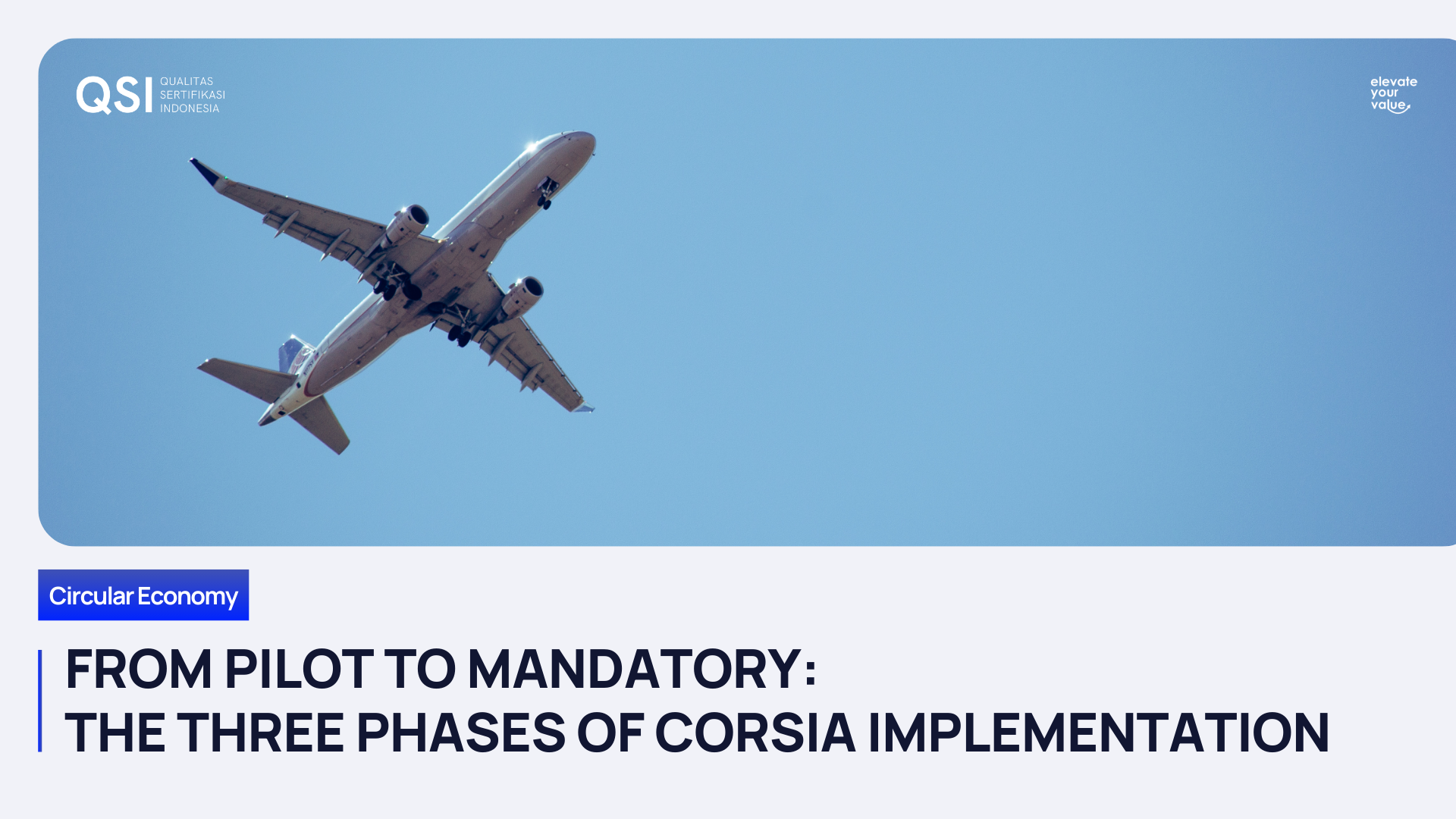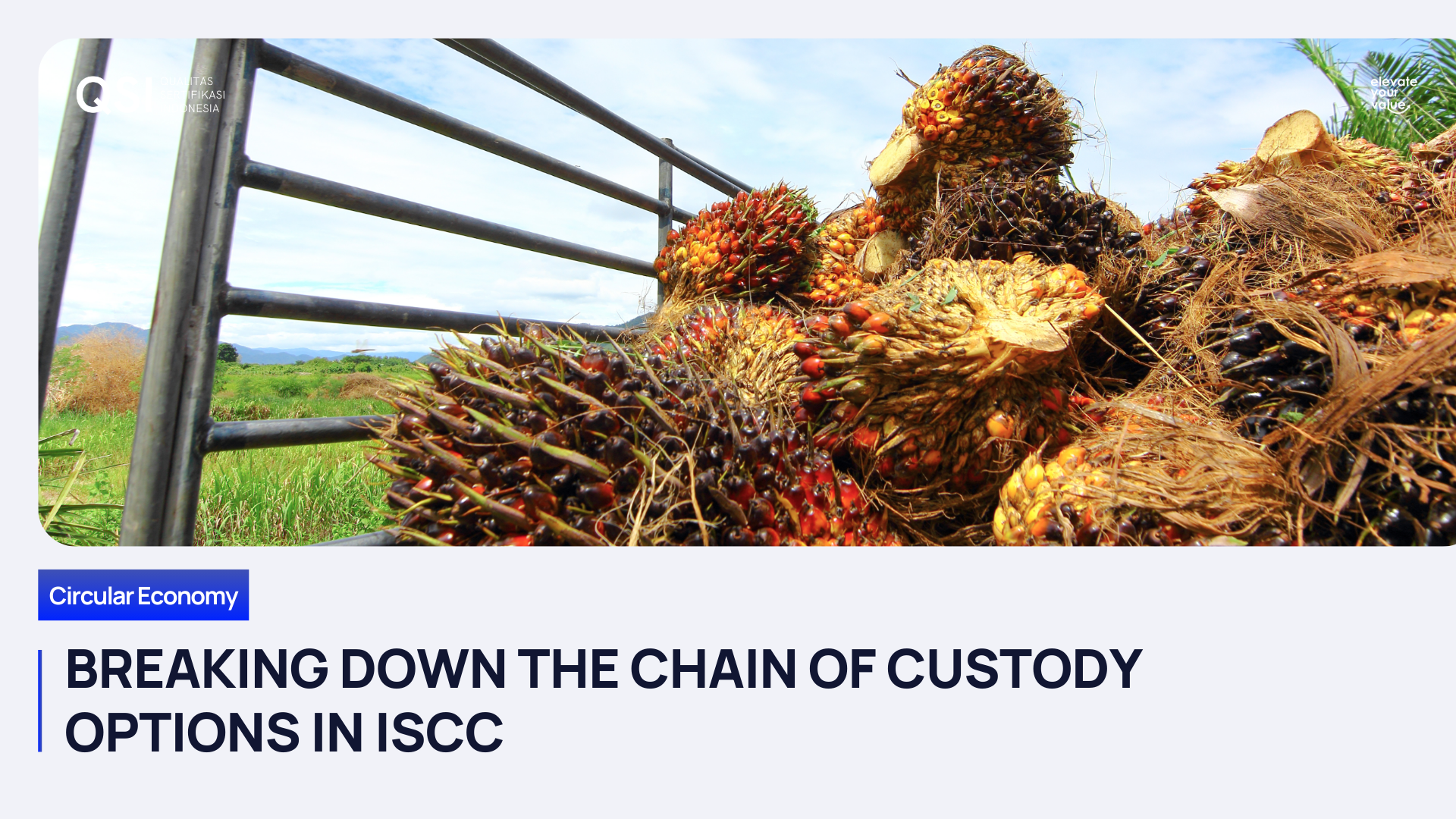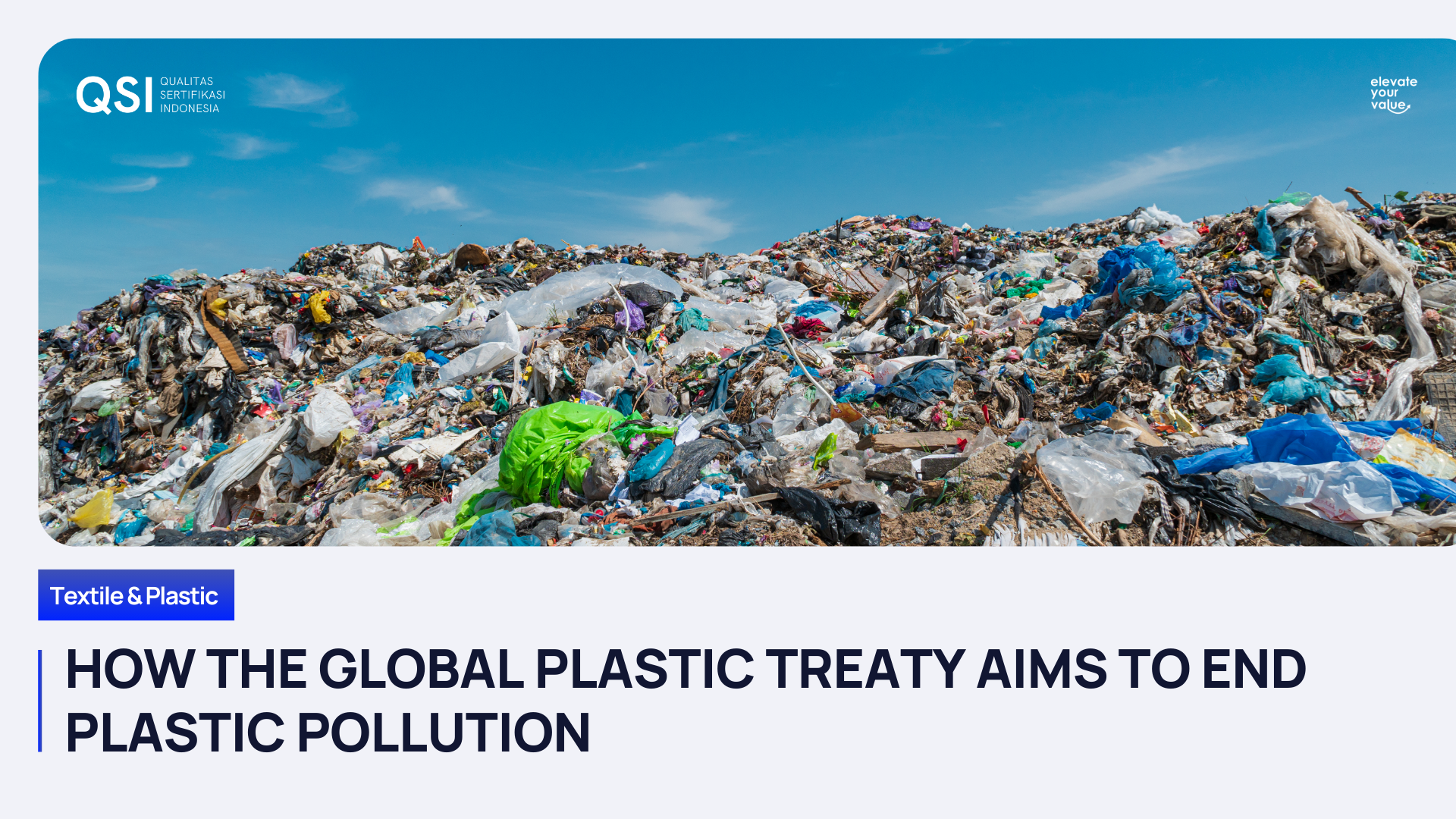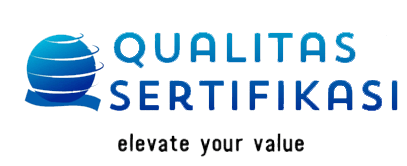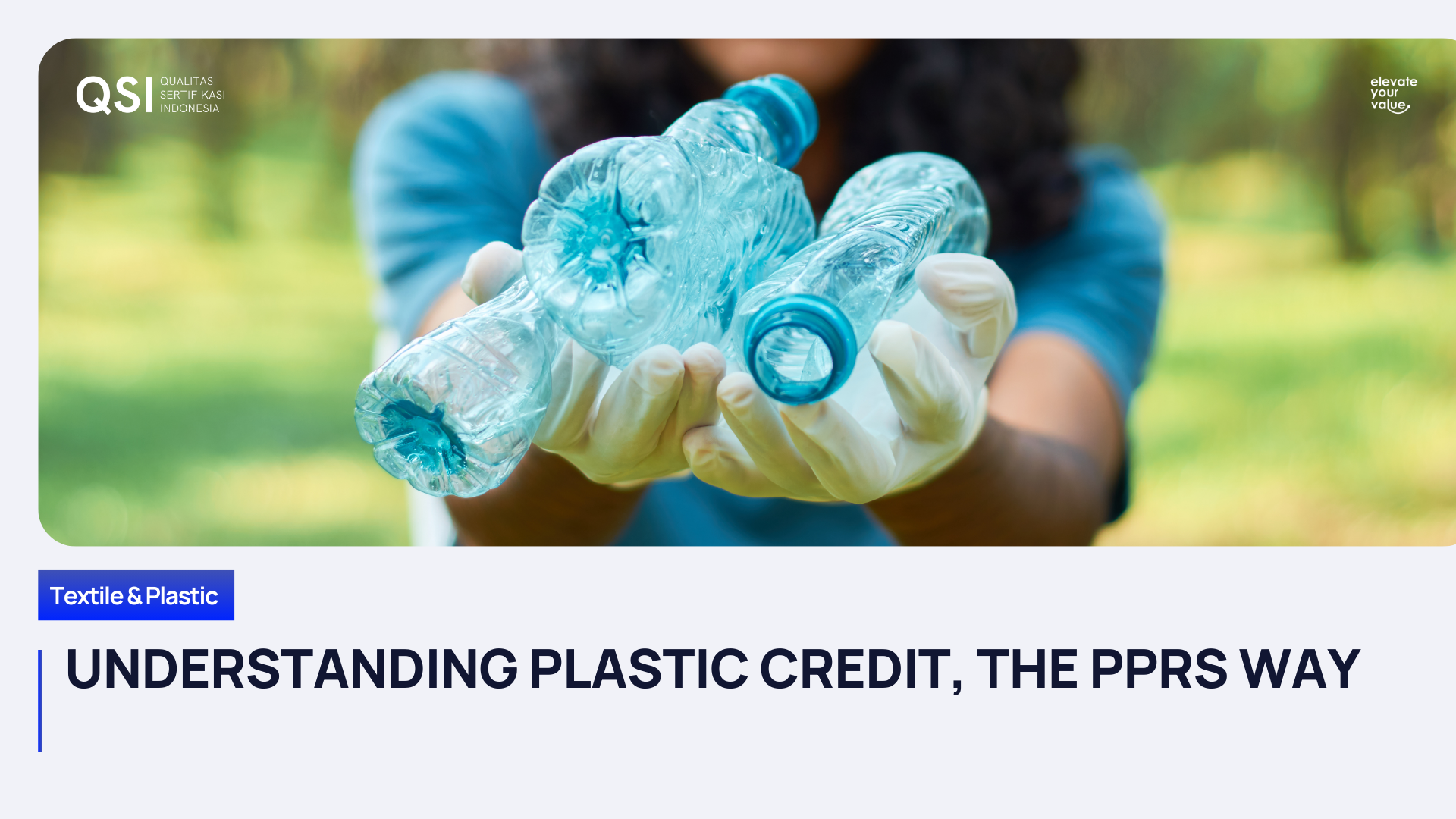Pertamina Soars to New Heights with Sustainable Aviation Fuel
In a world where climate change is becoming an increasingly pressing concern, PT Pertamina (Persero), Indonesia's state-owned energy company, is setting the pace for a more eco-friendly aviation industry. By being the first in the Association of Southeast Asian Nations (ASEAN) to produce sustainable aviation fuel (SAF) on a commercial scale, Pertamina is taking big steps to lessen the environmental impact of air travel, not only in Indonesia but globally. This cleaner, greener alternative to jet fuel can reduce greenhouse gas emissions by up to 80%, made from sustainable sources like used cooking oil and agricultural waste. Pertamina's Bioaviation-SAF production is a shining example of how innovation and sustainability can address these challenges. With Pertamina at the forefront, Indonesia is making significant strides towards a more sustainable future for aviation.
Setting the SAF Standard
Pertamina is raising the bar with their Bioaviation-SAF. It's produced through the Co-Processing Ester and Fatty Acid (HEFA) method, meeting rigorous international standards like Avtur ASTM D 1655, Defstan 91-91, and SK Dirjen Migas No. 59 K Year 2022. This isn't just about meeting requirements; it's about setting the gold standard.
But the excellence doesn't stop there. The Bioaviation-SAF crafted by Pertamina also passes the test on the global stage. It aligns perfectly with crucial frameworks like CORSIA (Carbon Offsetting and Reduction Scheme for International Aviation) by the International Civil Aviation Organization, RefuelEU/Fit55 by the European Union, EU/UK Emission Trading, and Tax Credit IRA USA. In other words, it's an all-star when it comes to global aviation sustainability.
Proving the Pioneering Spirit
This isn't just about producing SAF; it's about pushing the boundaries. Pertamina's subsidiary, PT Kilang Pertamina Internasional, has made history by conducting ground round and flight tests on CFM56-7B jet engines at Soekarno-Hatta International Airport. This might sound like technical jargon, but it's a testament to their determination to lead the charge in providing Bioaviation-SAF in the region. KPI is flying high as the sole entity in Southeast Asia that's aced commercial Bioaviation production and flight tests.
Eco-Friendly Advantages
Now, let's address the elephant in the room—Bioaviation-SAF isn't the cheapest ticket in town. But here's the silver lining: it's environmentally superior. The lower Scope 3 greenhouse gas emissions compared to fossil fuels are a clear win. The catch? To fully commercialize this eco-friendly alternative, it's going to take a collaborative effort and well-thought-out policies. It's a small price to pay for a cleaner, greener future.
Meeting Global Goals
Pertamina Refinery isn't just in it for the applause. This development aligns perfectly with United Nations' Sustainable Development Goal (SDG) Number 7—'Affordable and Clean Energy.' It's all about ensuring national energy security and marching in sync with the Net Zero Emission (NZE) target by 2060. In simpler terms, it's all about a brighter, cleaner future for us all.
Elevating Industry Standards
As one of the entities responsible for providing energy, including jet fuel (avtur), KPI is staying true to its commitment to produce high-quality avtur that meets international standards and domestic regulations. And how are they doing it? Through sustainable aviation fuel development at the Cilacap Refinery, they're setting a new standard that's bound to inspire others in the industry.
Taking to the Skies
But it doesn't stop at the lab or the refinery. The groundbreaking moment was celebrated with an inaugural test flight that took place recently at Garuda Maintenance Facility AeroAsia Hangar 4, Soekarno-Hatta International Airport. SAF underwent ground round and flight tests on a commercial Boeing 737-800 NG aircraft owned by Garuda Indonesia. The test flight, spanning an hour and crossing the airspace of Pelabuhan Ratu, was nothing short of historic.
Understanding ISCC CORSIA
ISCC CORSIA is a certification scheme that ensures that sustainable aviation fuel meets the highest standards of sustainability. It is recognized by the International Civil Aviation Organization (ICAO) as a way to comply with the Carbon Offsetting and Reduction Scheme for International Aviation (CORSIA).
CORSIA is a global market-based measure that aims to offset the increase in carbon dioxide emissions from international aviation from 2020 onwards. Airlines that participate in CORSIA are required to offset their net carbon emissions above a baseline level. This can be done by purchasing carbon offsets or by using SAF.
How Businesses can Make the Most of Sustainable Aviation Fuel Production
Businesses that produce used cooking oil or agricultural waste can take advantage of ISCC CORSIA by selling their feedstock to SAF producers. SAF producers can then use these feedstocks to produce ISCC CORSIA-certified SAF, which can then be sold to airlines and other customers.
This can be a win-win for both parties. SAF producers can get access to a reliable supply of sustainable feedstocks, and companies that produce used cooking oil or agricultural waste can generate additional revenue from their waste products.
So, here is how you can seize the opportunity that ISCC CORSIA presents:
Green Credentials
Sustainable aviation fuel relies on feedstocks like used cooking oil and agricultural waste, but it has to be made in a way that's kind to the environment. Ensure that your feedstocks meet the ISCC CORSIA criteria.
Get Certified
Ever thought about ISCC CORSIA certification for your production processes? It's not just a fancy label; it's a badge of honor. It shows your commitment to sustainability and sets you up for success in the aviation sector.
Team Up
Reach out to SAF producers and aviation companies. Collaborate to understand what they need, and tweak your processes to meet those requirements. Building strong partnerships is your golden ticket into the SAF supply chain.
Know Your Market
Keep your finger on the pulse of market trends. Understand what SAF producers are looking for and tailor your operations to meet those demands effectively.
Play by the Rules
Keep an eye on national and international regulations related to feedstock production for SAF. Compliance isn't just about staying out of trouble; it's about showing the world you're a trusted player.
The aviation industry's shift toward SAF is inevitable. With ISCC CORSIA certification, your business has the potential to become an integral part of this transformative journey. The demand for sustainable feedstocks is on the rise, and companies that embrace this opportunity will not only contribute to a greener planet but also position themselves as industry leaders. The sky is no longer the limit; it's the starting point for a brighter, cleaner future. To learn more about ISCC CORSIA, please visit our website or give us a call!
Recent posts
Drop us a line
Contact Us
Share
